Lywood Tunnel
Lywood Tunnel
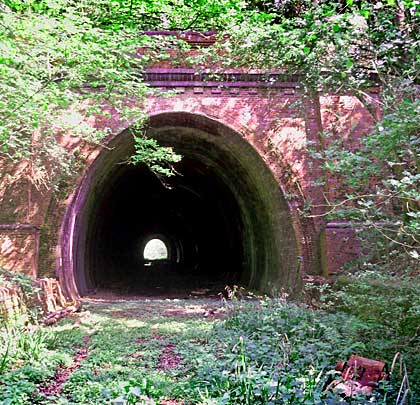
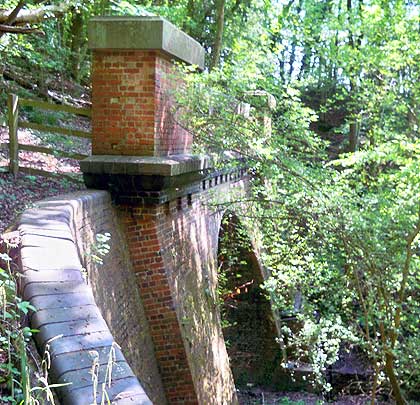
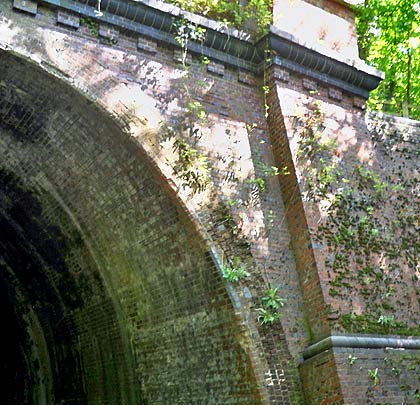
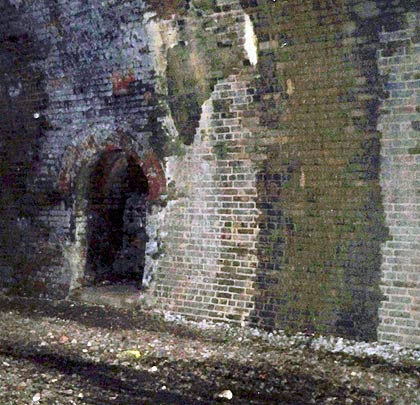
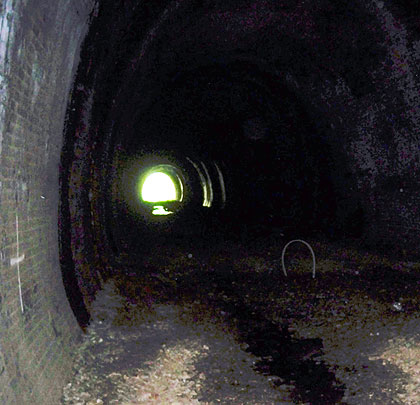
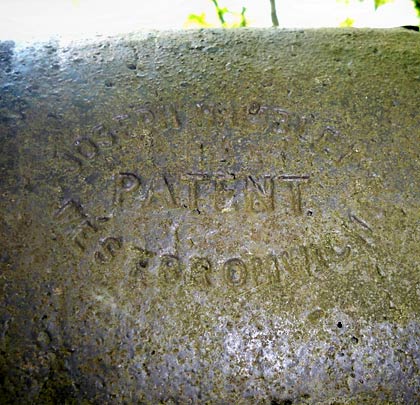
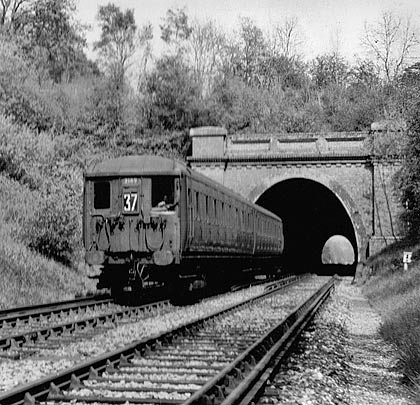
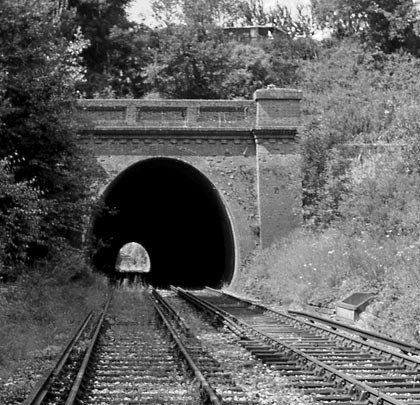
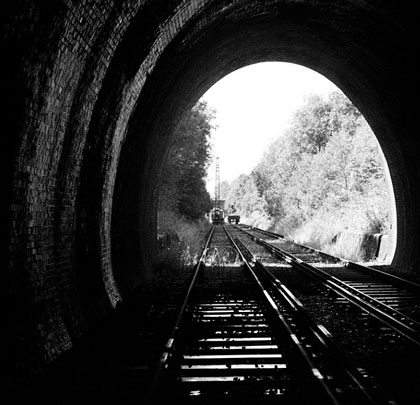









In 1882, five years after its enabling Act passed through Parliament, the London Brighton & Coast Railway opened its line between East Grinstead and Lewes, which comprised just a single track to the south of Horsted Keynes. A junction was created there on 3rd September 1883 when the LB&SCR inaugurated a 4½-mile link westwards to the Brighton Main Line at Copyhold Junction near Haywards Heath.
Two-track throughout, the line crossed Sheriff Mill Viaduct before climbing to reach the 218-yard long Lywood Tunnel. This boasts attractive brick portals with buttresses either side of the entrance, curved wing walls and an ornate string course below the masonry-topped parapet. The interior lining is also in brick, with deep refuges provided for the line’s platelayers. Considerable water ingress was mitigated by the addition of drainage pipes.
The route benefitted from third-rail electrification in 1935 but was reduced to single line working over the Up line in 1958, the Down being used as a siding for unwanted engines and coaches from the Kent coast line. Although the branch officially closed on 28th October 1963, rolling stock to the newly-established Bluebell Railway occasionally passed through the tunnel. The last such recorded movement came on 13th May 1964. Track lifting was completed in September and Sheriff Mill Viaduct demolished four years later.
A plant run by Hanson Aggregates now occupies the site of Ardingly goods yard, 1¼ miles west of the tunnel, and this remains connected to the Brighton Main Line. The remainder of the trackbed (excluding the tunnel which is still BRB(R)-owned and leased to the adjoining landowner) was bought by the Bluebell Railway in 1997 which holds long-term aspirations to reopen the branch. To help bridge the gap created by the demolished viaduct, spoil from the excavation of Imberhorne Cutting – part of the works needed for the railway’s northern extension to East Grinstead – is being used to extend its approach embankments.
The tunnel remains open at both ends but is muddy and still suffers from penetrating water.







